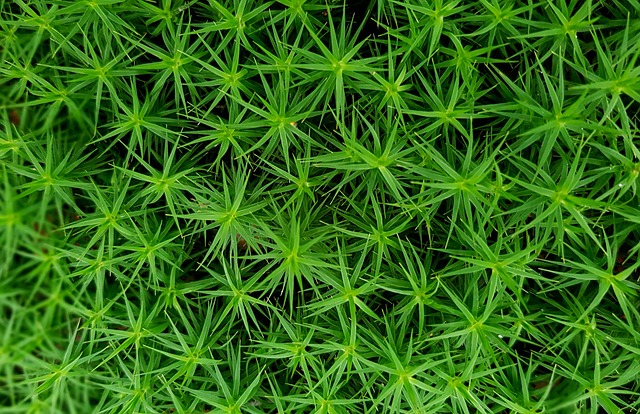For decades, we have accepted the “urban jungle” paradigm for any large urban area. We have acknowledged and accepted the fact that most concrete, asphalt, and various roof materials must cover our cities. And although we have parks and a few green spaces here and there, a large part of our city’s ground is black and gray. Additionally, it is especially striking that many streets across the City lack even trees in tree wells. From building a façade on one side to the façade on the other, the right-of-way is nothing but an impervious area; in other words, a hard surface that does not allow water to seep in in any significant amount. We will address this latter phenomenon later on in this article.
Not so long ago, with the advent of sustainability and eco-friendly design and construction, there was a greater push for more green spaces, green roofs, and the desire to increase tree canopies in urban areas, including San Francisco. However, with the housing crisis in full swing, there has been more of an emphasis to try and build as many housing units on a piece of property and less of a focus on sustainability. And although we can all agree that having enough housing, including affordable housing, is critical to a decent quality of life, we cannot forget about the long-term impacts of untethered buildings. For example, in recent months, I have reviewed several new development projects in the City, which are needed, but there is no green space included, or a green roof, or even a single tree in a sidewalk tree well. Many of these new projects are removing trees, without replacing them, to make room for the buildings. And this is being done with the approval of city agencies.
As professionals in the architecture-engineering-construction (AEC) field, we are not typically the final decision-makers regarding what amenities and design features a building has. Since the lack of green spaces and green cover does not go against building code requirements, we cannot enforce including them. However, we can at least promote their design and inclusion and make it our internal policy. There are more of us in the AEC field that includes sustainability in our mission and vision statements and for deciding to only work on sustainable projects and at least seek to be as sustainable as possible. It is not an easy task always since our industry is very competitive, but, at the same time, some of us are creating reputations that encourage clients to seek us out.
In addition to creating healthier spaces, incorporating green cover and trees in new buildings reduces the amount of relatively clean stormwater, which is in turn wasted by being dumped into the ocean. And then, we acquire fresh water from outside sources, such as the Hetch-Hetchy Reservoir in the Yosemite National Park 160 miles (256 kilometers) away. This is the antithesis of efficiency and sustainability.

